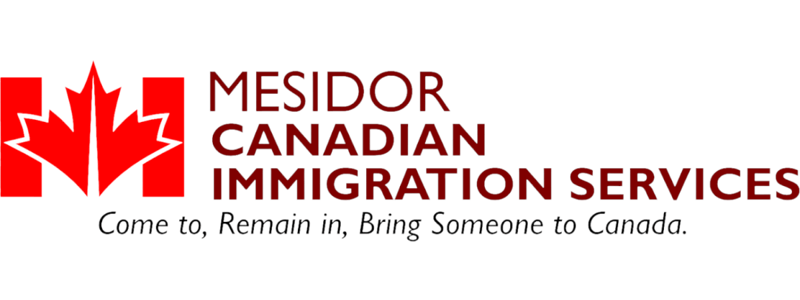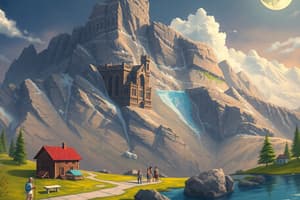Podcast
Questions and Answers
Which of the following is NOT mentioned as one of Canada's predominant cultures?
Which of the following is NOT mentioned as one of Canada's predominant cultures?
- British
- Native American
- French
- Spanish (correct)
Who is the head of state in Canada?
Who is the head of state in Canada?
- Parliament
- Prime Minister
- British Monarch (correct)
- Governor-General
What is the annual gross domestic product (GDP) of Canada in 2022?
What is the annual gross domestic product (GDP) of Canada in 2022?
- $2.47 trillion
- $2.14 trillion (correct)
- $1.92 trillion
- $2.59 trillion
Which industry makes up about one-third of Canada's GDP?
Which industry makes up about one-third of Canada's GDP?
What are Canada's three largest trading partners?
What are Canada's three largest trading partners?
Study Notes
Canada: A Comprehensive Overview
Canada is the second-largest country in the world by area, occupying roughly the northern two-fifths of the continent of North America. It shares a 5,525-mile-long border with the United States and has a diverse history, geography, culture, and government. This article will explore the key aspects of Canada, including its history, geography, culture, government, and economy.
History
The first people to arrive in Canada arrived between 15,000 and 30,000 years ago across a land bridge. Around A.D. 1000, the Viking explorer Leif Eriksson reached Newfoundland, Canada, and attempted to establish a settlement. Canada became a self-governing dominion in 1867 while retaining ties to the British crown. The country gained legislative independence from Britain in 1931 and formalized its constitutional independence in 1986.
Geography
Canada is a vast and rugged land, spanning more than half the Northern Hemisphere from north to south and almost 4,700 miles (7,560 kilometers) across from east to west. The country consists of ten provinces and three territories, with Ottawa as the capital and Toronto as the largest city. Canada is home to the Canadian Shield, a hilly region of lakes and swamps, as well as numerous rivers, majestic mountains, rolling central plains, and forested eastern valleys.
Culture
Canada is a multicultural country with influences from various parts of the world. The predominant cultures include British, French, Native American, and a growing number of immigrants from other European countries, Southeast Asia, and Latin America. The country's official languages are English and French, and the majority of Canadians are of European descent.
Government
The British monarch is the head of state, represented by a governor-general with limited powers. Laws are made by Canada's elected federal government, which includes a parliament and a prime minister. Canada's democratic state shares a similar developmental history and economic status with the United States.
Economy
Canada has a highly developed economy, with an annual gross domestic product (GDP) of $2.14 trillion in 2022, making it the world's ninth-largest economy. The country's three largest industries are real estate, mining, and manufacturing, each making up about one-third of GDP. Canada's economy is closely tied to that of the United States, with the U.S., China, and the U.K. being its three largest trading partners. The country's primary industries include agriculture, fishing, mining, fuel/energy, and logging/forestry, while its economy is increasingly transitioning towards a knowledge-based economy built on innovation and technology.
Studying That Suits You
Use AI to generate personalized quizzes and flashcards to suit your learning preferences.
Description
Explore the key aspects of Canada, including its history, geography, culture, government, and economy. Learn about the first settlers, the country's vast and rugged land, multicultural influences, government structure, and highly developed economy.




